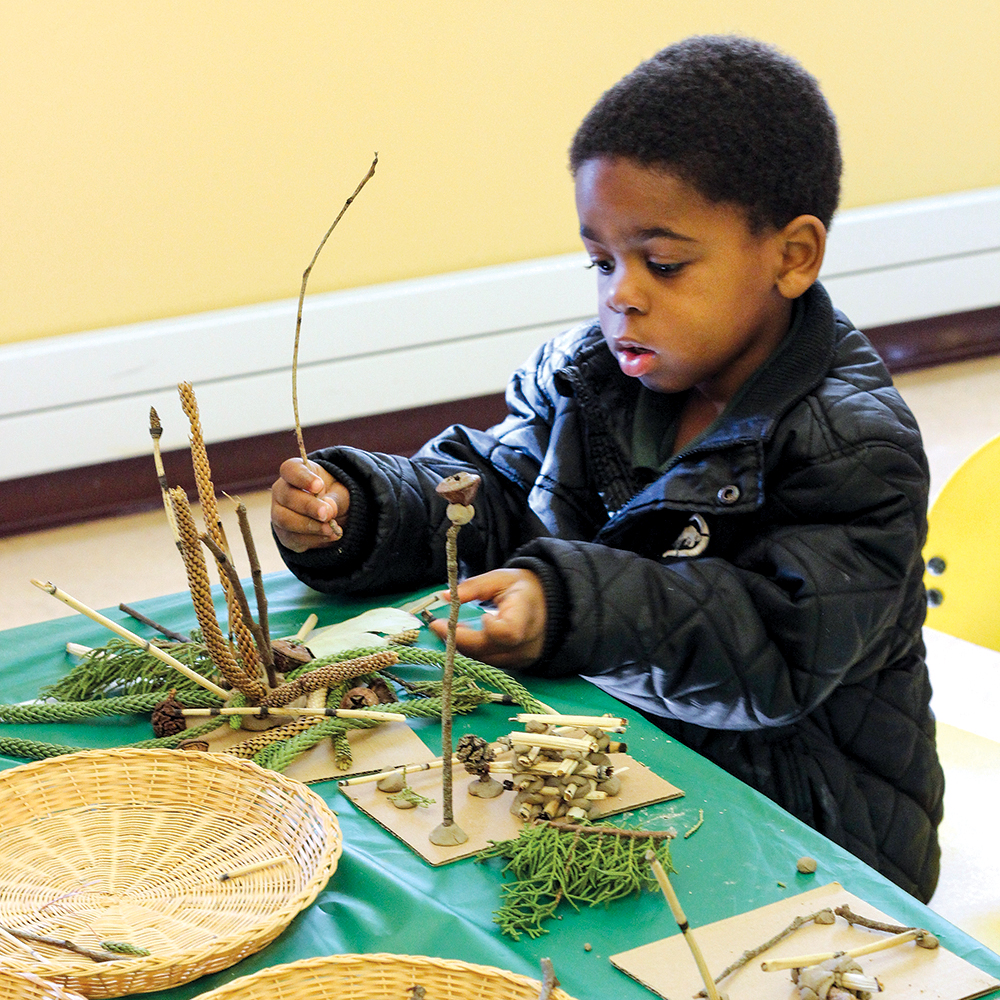Build a habitat for an animal or imagined creature using recycled materials! This activity helps children build flexible thinking skills.
Materials Required
- Recyclable items like newspaper, plastic bottles, and egg cartons
- Wood scraps
- Twigs
- Leaves
- Rocks
- Dirt
- Glue, tape, string, or nails (to stick materials together)
- Paper
- Pen or pencil (something to write with)
- A cleared off workspace (that can be used for a long period of time)
Instructions
- Brainstorm ways to create a habitat for a specific animal or creature. Consider these questions: Who is this habitat for? What will it need? What is needed to make the features of the habitat?
- Now, think of different designs for the habitat. Sketch out a few different versions of the plan. Share the sketches with others to get feedback on the design.
- Build a prototype of the design. Use paper and tape to make a few different versions before deciding on a final design. Consider: What is the best fit for the intended animal?
- Once you decide on a design, find a workspace and gather the materials you need.
- Build the habitat! Use your design for reference and make changes as needed.
- Share the habitat with others. Explain the habitat design and tell a story about the animal that lives there.
Additional Tips
Try these add-on activities:
- Imagine that a huge storm is about to hit. How do you protect the habitat?
- Pretend that a new animal is moving into the habitat. What aspects of the habitat need to change?


